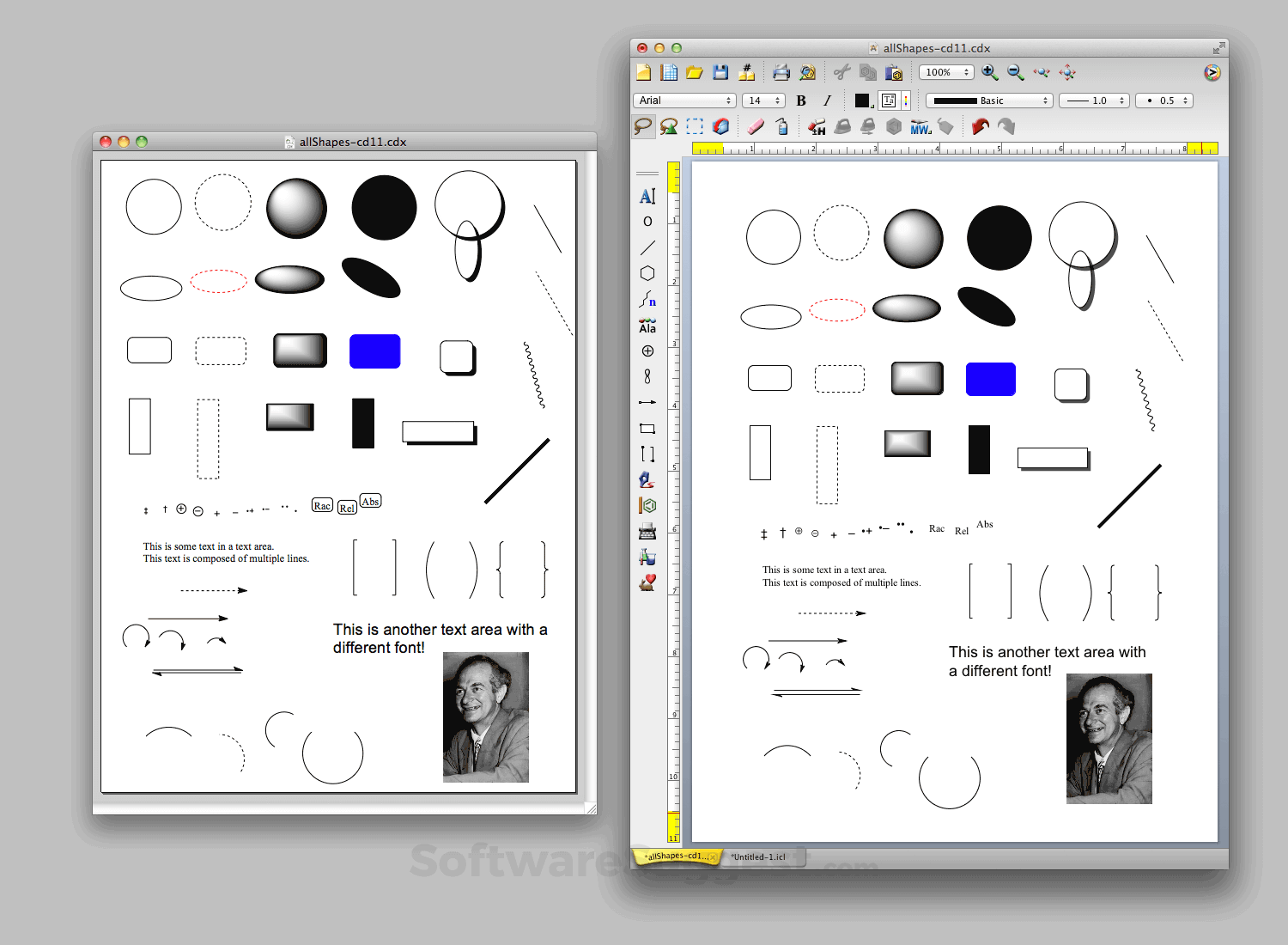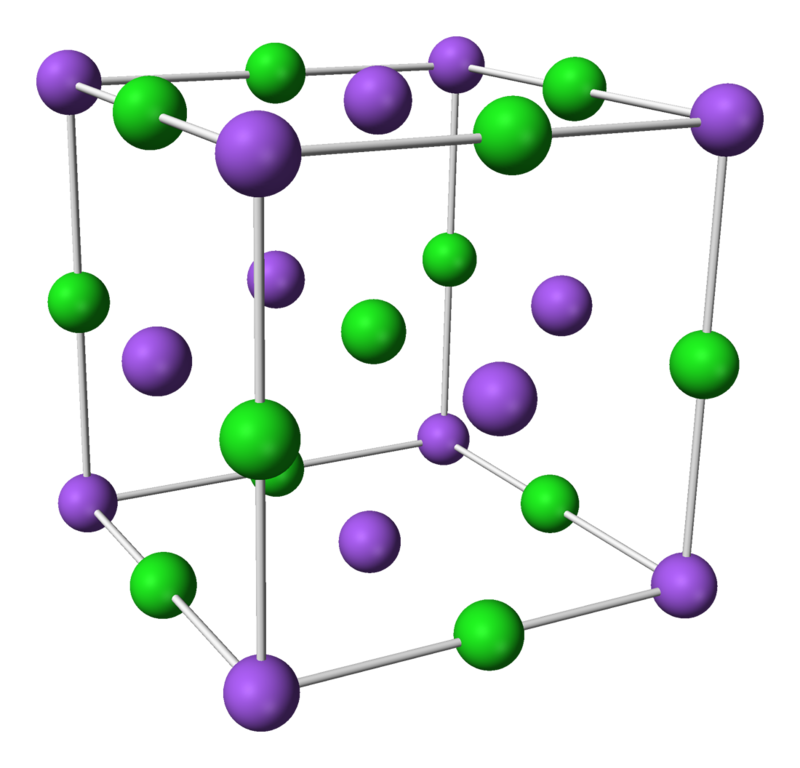

While the ChemDoodle desktop application offers complete manual control over graphics placement and position, CWC is optimized for quick communication by defining algorithms that help to automatically layout graphics.

An interactive periodic table component is also available. Control over the plot colors, domain, range, gridlines, tick marks, and title and axes label properties is provided, and integration curves can be generated for NMR spectra. In addition to molecular structure graphics, spectrum components can display NMR, IR, UV/Vis and mass spectrometry spectra. Tutorials for using the CWC API are provided on the CWC website, .Ĭustomizable brackets can be placed around part of or a whole molecule to indicate global charges, multiplicity or polymer units.
#Chemdoodle ion bonds full#
Component code can be exported through the “Generate ChemDoodle Web Component” dialogue screen, however, advanced users will prefer to use the CWC API (Figure 2) for full control over component appearance and behavior. Support for building components is also available in the ChemDoodle v7 desktop application. The components are “chemically intelligent”: chemical data loaded in components can be later handled or altered with scripting. Finally, molecular data is loaded into the component either by creating a molecule manually, or by fetching ChemDoodle JSON or the contents of a MOL file or other molecular structure file.

The appearance of the component can be customized in an optional third step. Second, the component is instantiated on the page within a JavaScript code block. First, the ChemDoodle Web Components library is referenced within the HTML document. The latest update, version 7, introduces new 3D features including Pipe and Plank protein models, full support for high DPI and retina display devices, query interface tools for advanced chemical searches, and structure spectrum correlation utilities.Ī ChemDoodle Web Component is implemented in four basic steps (Figure 1). Averaging a yearly version release cycle, CWC has now grown to 20 components including ones for displaying chemical spectra, 3D WebGL graphics, and animations. When first released, CWC comprised of 6 components: the Viewer, Rotator, Transformer, MolGrabber, File Loader, and Doodler (pre-cursor to Sketcher) components. The components of the CWC library are specialized HTML5 classes that expose a high-level API for quick loading and viewing of chemical data, as well as providing utility functions and multi-device event handling. The ChemDoodle Web Components library can be loaded and displayed wherever a HTML5 engine is available, including WYSIWIG text editors, Apple’s Cocoa development kit, and mobile app webviews.īeyond rendering 2D and 3D chemical graphics, the library also provides access to cheminformatics algorithms, chemical file input/output and manipulation, and a toolset for chemistry web application development through a component system that gives the library its name. Mobile browsers did support HTML5, which opened the door to web applications built with only HTML, CSS and JavaScript (JS), such as the ChemDoodle Web Components. In 2007 however, the hardware landscape changed dramatically with the introduction of mobile devices that did not support third party plugins such as Flash or Java applets. JME, a molecular editor, was later integrated into Jmol to add chemical structure upload and editing functionality. In 2004 Jmol, a Java applet, was released to replace Chime and provide an open source and operating system independent solution to the growing number of web browsers. Based on the molecular visualization program RasMol, Chime was developed as a plugin for Netscape and later for Internet Explorer and Firefox. The first chemical graphics toolkit for the web, MDL Chime, was introduced in 1996. Companies that implement emerging web technologies can find efficiencies and benefit from competitive advantages. Learning management systems, virtual classrooms and MOOCs are a few examples where chemistry educators need forward compatible tools for digital natives. How we communicate chemical information is increasingly technology driven.


 0 kommentar(er)
0 kommentar(er)
